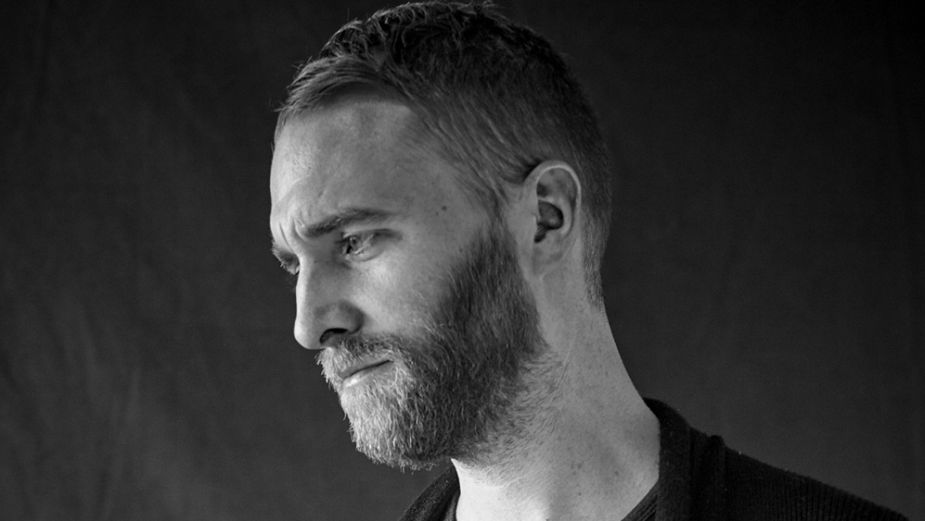
Making the Grade: Ricky Gausis on Working with Childish Gambino and Why You Should Always Offer Something Different

Ricky Gausis is a senior colourist at MPC’s LA Studio, whose work includes some of today’s most talked about commercials, music videos and television. Starting out at MPC’s London office as a runner, Ricky moved to LA’s studio in 2012. He has become renowned for his distinct grade style, being sought-after by the industry’s top directors and building an impressive and diverse portfolio of projects.
His collaboration with director Hiro Murai has seen him work on the multi award-winning FX series “Atlanta” which has received Two Emmys and Two Golden Globes, Childish Gambino’s music video “This is America” which has received more than 300 million YouTube views to date, multiple Nike spots including “Skates” and “The Tattoo”, and the ‘Guava Island’ film by Childish Gambino. He has also worked on notable projects include Palms Casino “From Dust to Gold”, Apple’s “Behind the Mac” campaign and short film for Chinese New Year directed by Lulu Wang among other ongoing Apple projects, plus work with Facebook out of W&K directed by Calmatic and Xbox directed by Ian Pons Jewel.
Ricky has plenty of awards and recognitions under his belt, including four UK MVA nominations for Best Color Grade in a Video: The Hamilton Mixtape’s “Immigrants” in 2017, Benjamin Booker’s “The Future is Slow Coming” in 2015, Sam Smith’s “I’m Not The Only One” and DJ Snake’s “Turn Down For What” in 2014, which was also a GRAMMY Best Music Video nominee. He has a British Arrows Craft Gold award for his contributions on Call of Duty: Black Ops 3 trailer “Seize Glory” as well as a nomination in 2017 for Expedia “Train” alongside MPC’s Mark Gethin. He was shortlisted in the Color Grading category at the 2018 AICE Awards for Nike’s “Skates”.
LBB> What was the project that you felt really changed your career?
Ricky> I’m very lucky to have my name on a few projects that seem to have resonated with people, but I can’t look past the music video ‘This Is America’ by Childish Gambino when it comes to impact on my career. I think the response to that video globally was a once in a lifetime experience and to have worked on something that engaged so many people across various walks of life was an honour.
LBB> How/where did you hone your craft and did you have any particular mentors?
Ricky> I moved from London to LA very soon after being made a full-time colourist but that wasn’t before I had the opportunity to assist and learn from Jean-Clement Soret. Jean was so generous with me and would critique my work as I was starting out, showing me ways to improve my approach. This gave me all the fundamentals to make the leap to LA where another world class colourist, Mark Gethin continued my training and was pivotal in helping me develop and adapt my style. Both Jean and Mark were very honest in their feedback and I’m eternally grateful for that. Sugar-coating when mentoring is never productive and can lead to bad habits.
LBB> From experience, we’ve found that colourists often love art and photography - when you’re out of the studio, what inspires you?
Ricky> I’m no different in that I love to look a photography books for inspiration and if a client mentions or even references an artist or photographer I’m not familiar with then I like to look into them after the session. It’s so interesting how you can really study a photograph and think you’ve forgotten about it until you find yourself referencing it perhaps years later when you look at footage on a new job. My sources of inspiration will also vary depending on any new grading styles/phases I’m going through at that time.
LBB> Colour grading is largely a digital affair, but there’s also been a resurgence of film over the past few years in commercials and music videos. What are your thoughts about working on film versus digital formats like 4K? And what are your favourite techniques for capturing a vintage or tactile feel?
Ricky> I’ve graded a lot of film recently and honestly, there is still no substitute for its textures and nuanced unpredictability. Having said that, digital cameras are stunning these days and the range that a DP can capture on an Alexa LF or Sony Venice, for example, is so impressive. I have recently graded the first episode for FX on Hulu show ‘Reservation Dogs’ with my longtime collaborator Christian Sprenger and I really think we were able to create a very filmic look, leaning on a more organic colour palette and with enough range in the raw file to really get the depth of contrast more associated with film. The colour fidelity on digital cameras has come such a long way that you really can manipulate the various hues much more than before.
LBB> How do you ensure that each colourist-director partnership is a success?
Ricky> I’m not sure that there’s any steadfast way to ensure that the partnership will be a successful one when working with a director for the first time but there are definitely some things a colourist can do to help the collaboration be successful. It’s always smart to go through a director’s work and see which way they lean aesthetically and then to have that in mind when grading. But what is just as important is to not try to copy that work that they have already done but interpret it in your own way and be true to your own tastes. You won’t ever win over a director by attempting to imitate a look they have had on a previous job. Always offer something different.
LBB> What advice would you give to budding colourist?
Ricky> My main hang-up with a lot of emerging colourists’ work is the over-dependance on LUTs. Every colourist uses them in some capacity at this point but knowing when to use them, how to use them and the impact they are having on the image is crucial. I tell any emerging colourist to grade without LUTs to begin with so they can learn how to craft their own original looks and understand how to get to that point. There will also inevitably be a point when a LUT is working great throughout a project until you get to one shot where it’s being destructive (perhaps there are neon lights in a shot that you’d not encountered before and the LUT is making them break up) and you’ll have to match grade the image from scratch to make it work. That’s when you’ll need a deeper understanding of the process and solid fundamentals to fall back on.
LBB> In your opinion, what’s the difference between a good grade and a great grade?
Ricky> It’s very difficult to have a blanket answer for this question as sometimes a noticeable, standout grade can be perfect for a certain project, but restraint can be just a striking to me when that’s called for. I think the one constant across all the great grades that I have seen is control. Whether it is a stylised look, a more filmic colour palette or a look that deliberately breaks the image and degrades it, control seems to be the common denominator that I gravitate to the most.
LBB> How is the craft and trade of colour grading changing?
Ricky> The pandemic has seen the most drastic change to the colour grading process since the influx of digital cameras. It’s going to be interesting over the coming months to see where the balance is struck between working from home and in-person sessions in the studio. Nothing beats working in the same suite as your client but there are advantages to having the working from home option.













